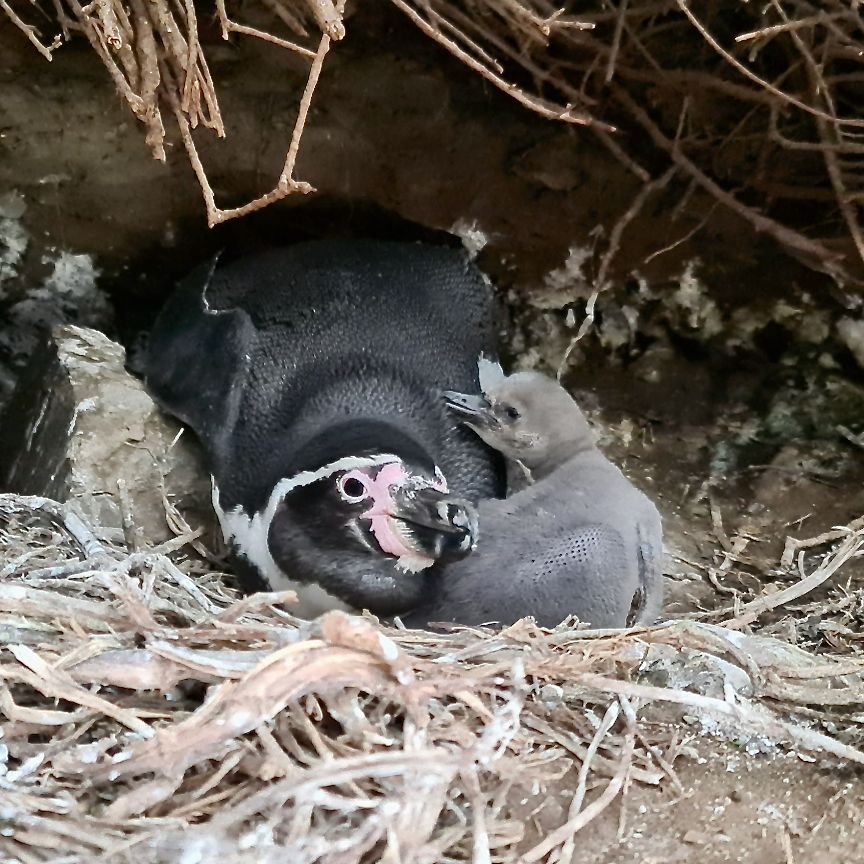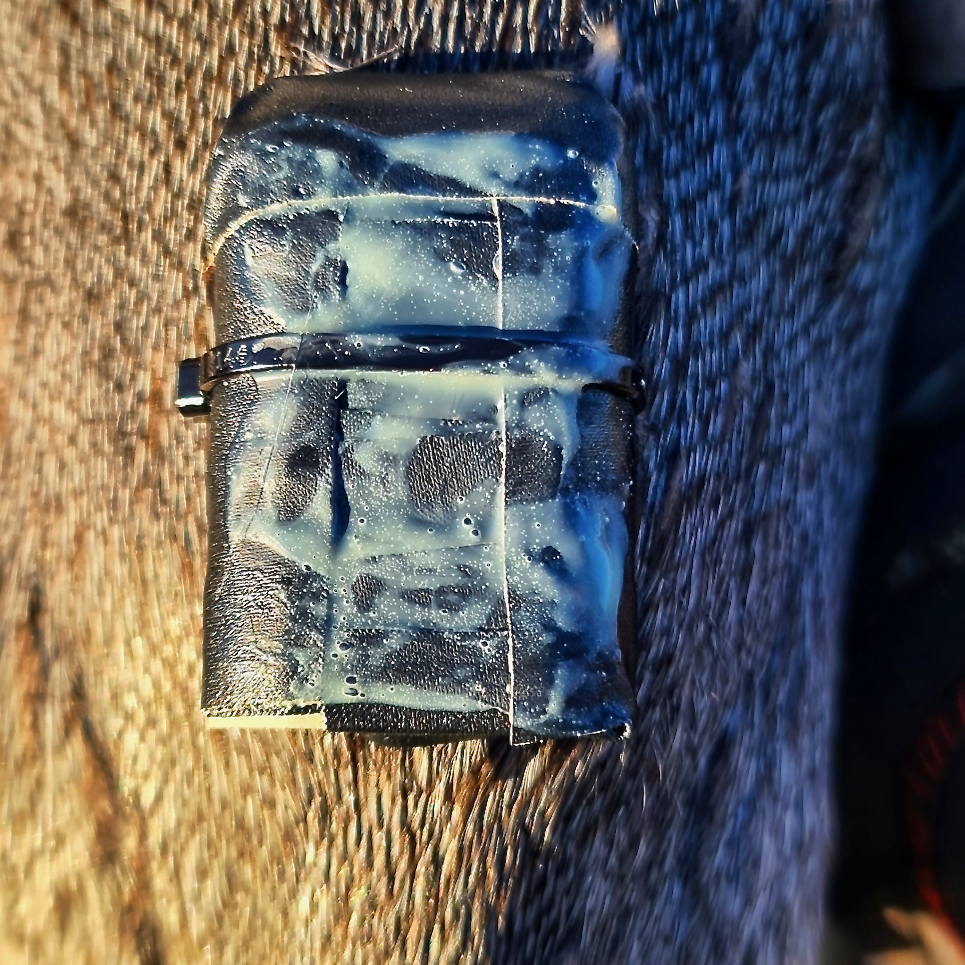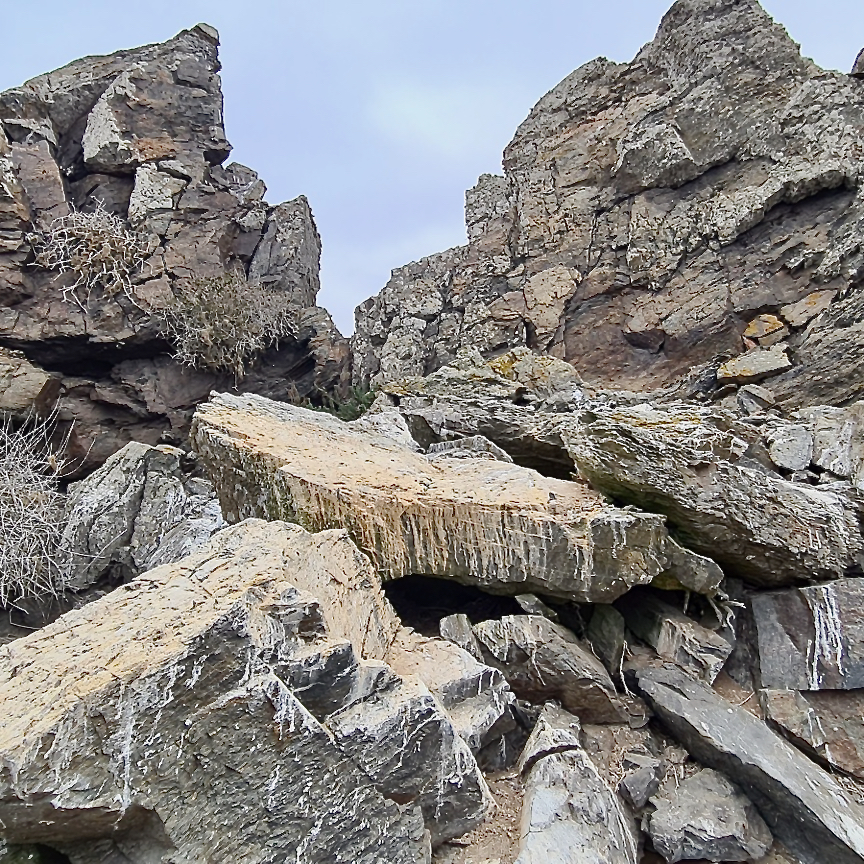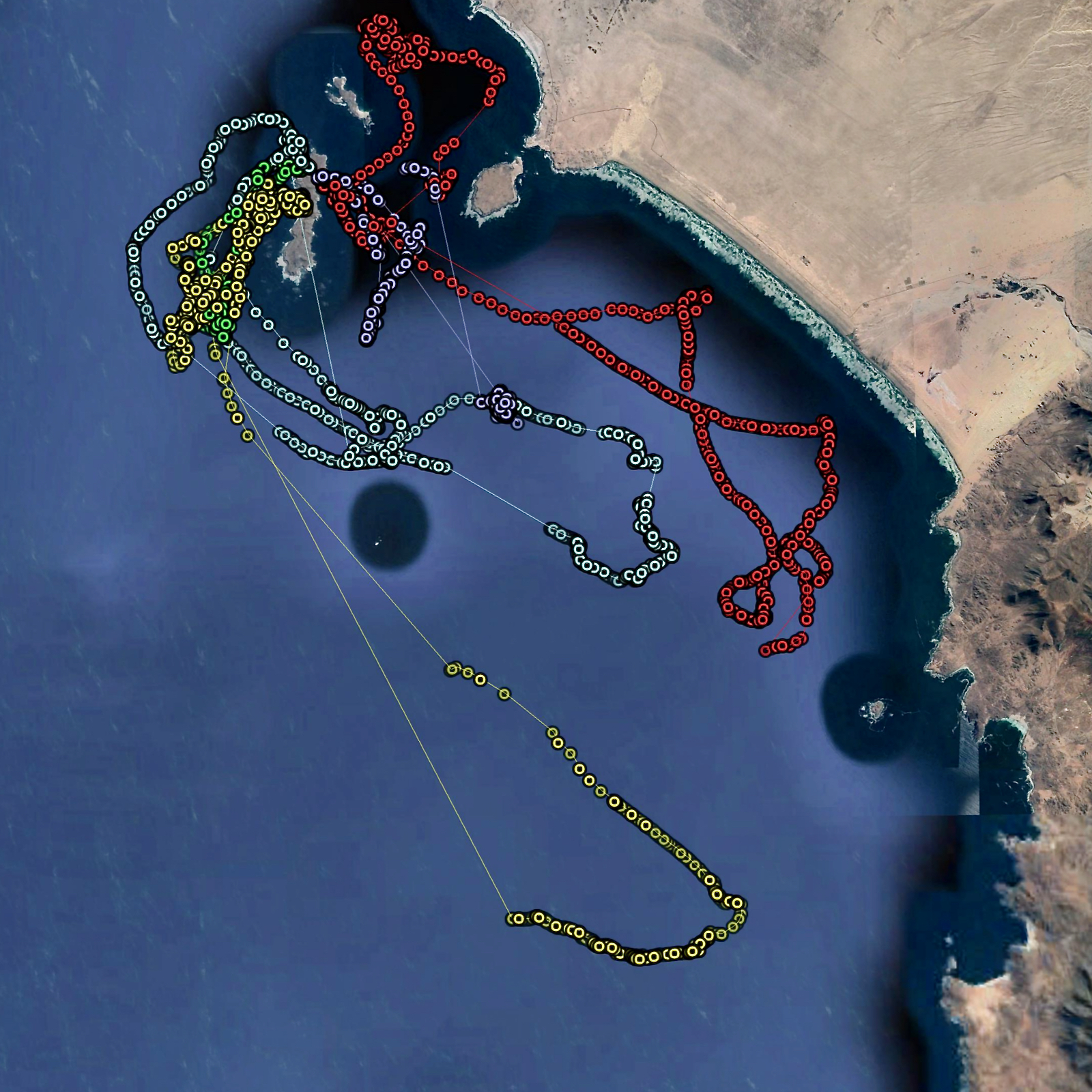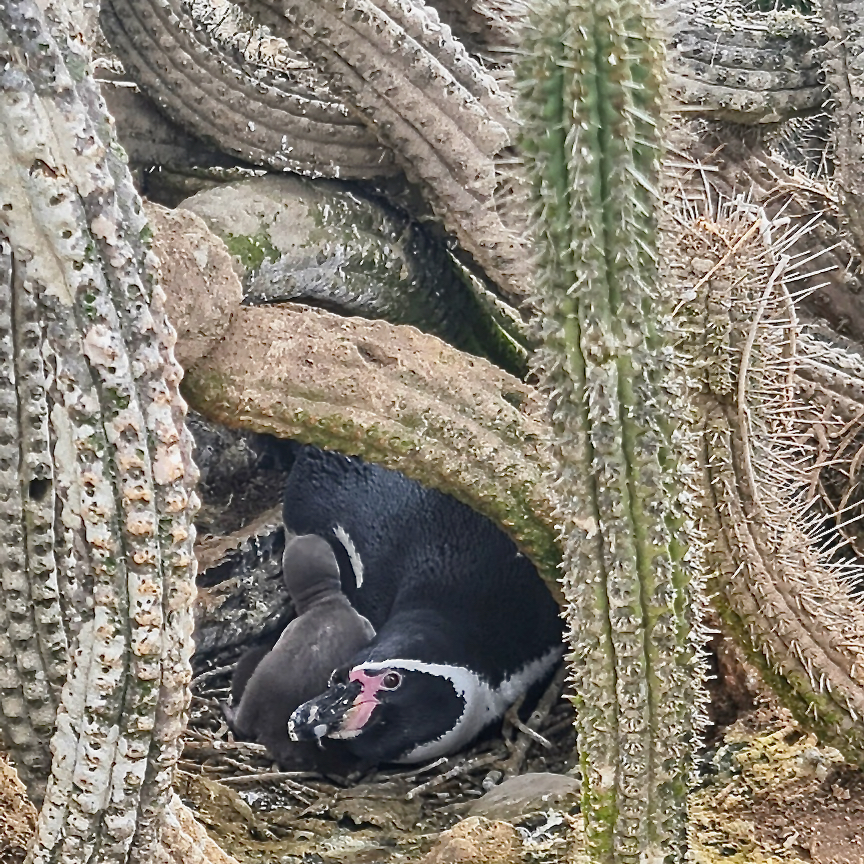Dunedin, New Zealand 11th of July 2022
I actually made it back to New Zealand, even though the return flight turned into a mammoth undertaking due to flight delays and missed connections. In the last few days I have tried to get over the jet lag and only ventured into my office today.
Alejandro and I had ample time to discuss our expedition and draw a first conclusion before my departure. And to cut a long story short - I think the trip was extremely successful!
This first expedition was intended from the outset as a pilot study. With Humboldt penguins, you never really know what to expect, as the birds are very sensitive when it comes to interactions with humans. And if these people then also attach some kind of equipment to them, it was quite conceivable that one or the other penguin would run away. Therefore, we restricted ourselves to birds that were breeding in closed nests and already had quite large chicks. This limited the number of suitable nests, as most of the penguins were still sitting on eggs or just-hatched chicks.
In total, we equipped twelve birds with GPS tracking devices between 15th and 20th of June.
We mounted the first three tachographs on birds at night. But the animals' reaction to us was similarly marked by nervousness as when we visited the birds in daylight. Therefore, as we progressed, we fitted the penguins with tachographs during daylight hours, which also reduced the risk of finding pairs in the nests.
One of the three penguins that we fitted with equipment in the night action did not even leave the nest in the course of the following four days, so we decided to remove the equipment again. The bird had lost 1 kg of body weight in that time. The bird also spent the next five days on the nest with its chick and only left the nest after the chick had starved to death. We suspect that something happened to the partner at sea (more on this later).
The next penguins to be fitted with equipment took the interaction with us well and concentrated on their job as parents. Most birds followed the 1-day-at-sea-1-day-at-nest pattern. The programming of the tachographs proved to be spot on as we collected fantastic GPS and dive data. For almost half of the 8600 recorded dives we have a GPS position. Only shallow dives followed by short periods on the surface - e.g. while the birds were migrating - remained without GPS data. Compared to other penguin species, the data yield is absolutely outstanding!
Two of the equipped penguins displayed deviant behaviour, which unfortunately led to another equipment loss.
One female went out to sea for a day after outfitting, then tended the nest for a day and disappeared. For the next four days we found only the male on the nest. We already feared that the nest had met the same fate as described above. But following a gut feeling, I visited the nest on the night of the fifth day and actually found the female! After I got the rest of the troop out of their sleeping bags, we were able to collect the device. As it turned out, the female had actually stayed at sea for four days and had swum almost 100 km north before the bird thought better of it and returned to its nest.
A similar event may have taken place in another nest. Because this is where the male equipped with a tachograph disappeared for several days. As we had only applied this device in the second week, we ran out of time. In the end, we had to leave the island before we could catch the penguin again. So, unfortunately, a second unit that goes on the casualty list.
I did a first evaluation of the GPS and dive data when we were back on the mainland (see attached graph). And unusually for a pilot study, a pattern emerged that will need to be examined more closely in the summer. It seems that penguins breeding on the west side of the island forage primarily south of the island and between 15-30 km from the mainland, while penguins nesting on the east side of the island hunt primarily near the coast. Unfortunately, most of the nests we worked with were located in the western part of the island (6 of the 9 nests), although the east is considerably more densely populated by penguins. Accordingly, we should try to achieve a better balance between the two sides of the island in the summer. The different hunting strategies between eastern and western penguins are highly interesting; we know a similar case from a gentoo penguin study from the Falkland Islands. Above all, it is important to collect more data in the east of Choros in order to be able to investigate more precisely to what extent the island's penguins may come into conflict with the Dominga project.
Dominga, however, is only one problem for the penguins. Shortly after we left the island, Alejandro received information about a penguin drowned in nets near Punta Choros. This seems to primarily affect the penguins on the east side, as the fishermen are more active near the coast. A gillnet could also explain the disappearance of the penguin from one of our night missions as well as the absence of our last bird. Both birds came from east nests.
After this pilot study, we have a much clearer idea of how to proceed. For one thing, we need more data from the densely populated east. On the other hand, we can also equip penguins with cameras in summer to get more precise information about hunting behaviour and prey species. Because the penguins turned out to be more cooperative than initially assumed!
Roughly, we have targeted a 2 to 3-week expedition in late November/early December. It would be great if we could start planning for this as soon as possible.
Thomas Mattern
translated by Claudia Wirth



